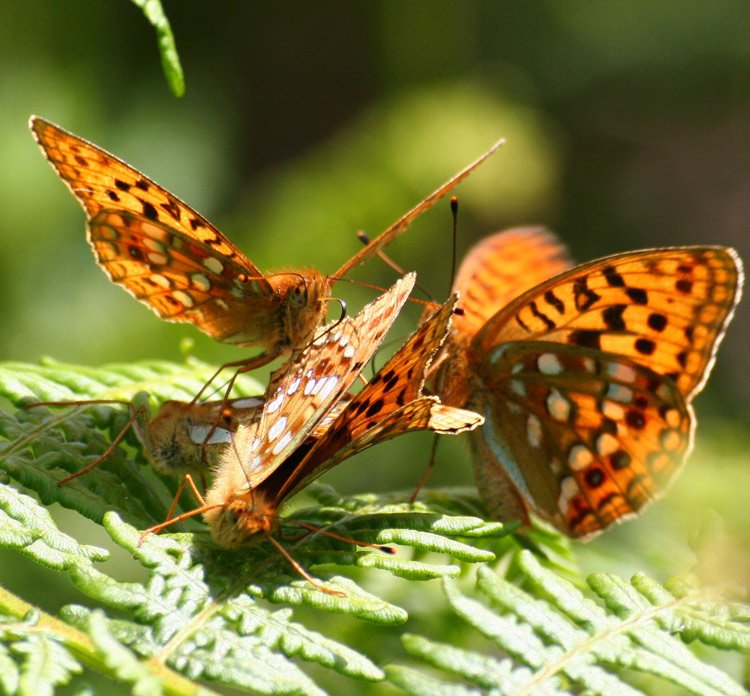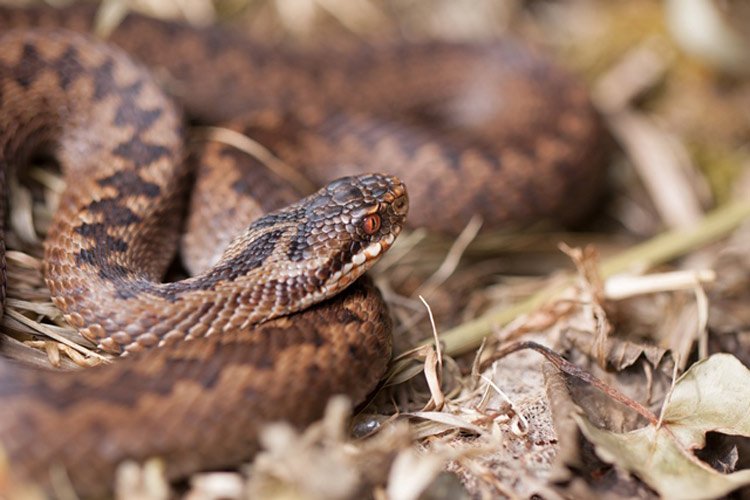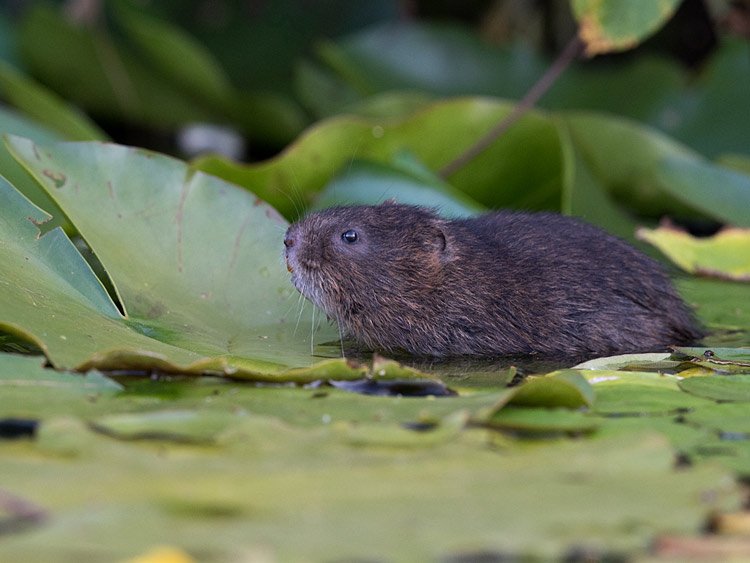Places to see nature in the Vale of Glamorgan
Home to the most Southerly point in Wales with 53km of coastline and extensive countryside, there are countless places for you to discover and enjoy nature in The Vale. From country parks, Local Nature Reserves to nationally important habitats, there are always places open to the public.
Cosmeston Lakes Country Park
A haven for local wildlife and a designated Local Nature Reserve. The two flooded quarries have become a Site of Special Scientific Interest (SSSI) to protect Wales’ only population of Starry Stonewort. Discover over 20ha of broad-leaved woodland, walk along the boardwalk through the thick reedbeds and explore the wildflower-rich grasslands.
Porthkerry Country Park
The Country park offers 220 acres of woodlands to explore (Mill Wood, Cliff Wood and Knockmandown Wood) as well as meadows and ponds within a sheltered valley leading to a pebble beach and spectacular cliffs.
Glamorgan Heritage Coast
The Glamorgan Heritage Coast stretches for 14 miles, from Aberthaw to Porthcawl.
Dunraven Park in Southerndown is home to The Heritage Coast Centre, an information and education centre managed by the Rangers who protect and care for this stunning coastline. Dunraven Bay forms part of the Southerndown Coast SSSI which spans 5 km of the coastline; designated for its geology and botanical value, the cliff-top grassland is species-rich hosting a range of different plant communities.
Nash Point
The midpoint of The Glamorgan Heritage Coast, the lighthouse meadow is a SSSI and a great place for spotting wildlife from rare Tuberous Thistles, Common rockrose and Clustered bellflower, to graceful Fulmars flying overhead and playful porpoises in the turbulent water by the sand bank.
Ogmore-by-Sea
Lies on the most western limit of the Heritage Coast. The River Ogmore attracts a wealth of wildlife all year round from Salmon and Sea trout to Golden-eye ducks and Lapwings. Across the River Ogmore, are the Merthyr Mawr Sand dunes; a National Nature Reserve, home to over a third of all plant and insect life in Wales!
Nature reserves are managed by a range of conservation and wildlife organisations that work in the county, most have information on site that explains more about the habitat and wildlife you can see there. There are even opportunities to get involved with local conservation groups to help manage habitats for wildlife!
Aberthaw
A Local Nature Reserve, rich in wildlife; The Wildlife Trust for Wales have helped to record over 1000 different species here, 62 of which are of principle concern to the conservation to the biodiversity of Wales.
Birchgrove Woodland
A 4 acre reserve consisting of woodland and meadow, managed by the Birchgrove Wood Conservation Group
Cwm Talwg Woods
A Local Nature Reserve in Barry, 2.85 ha of mature deciduous woodland managed by the Cwm Talwg Woodlands Residents Group.
Wenvoe Orchid Field
A community Nature reserve with over 300 species of flowers, grasses, insects and birds.
The Wildlife Trust of South and West Wales nature reserves in the Vale:
Cwm Colhuw, Lavernock Point, Coed Garnllwyd, Brynna Woods and Llanharan Marsh.
Woodland Trust Reserves in the Vale:
Cwm George and Casehill Woods, Monks Wood and Worney Wood
The Vale also has an extensive network of footpaths and countryside walks throughout the county. Get out and explore!






